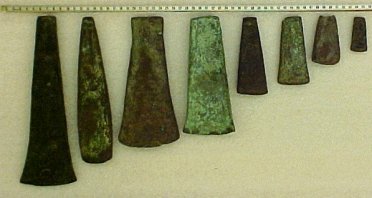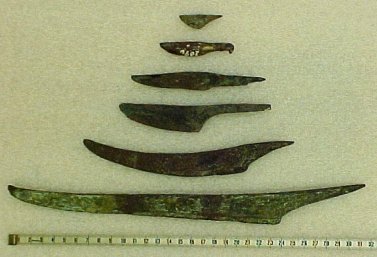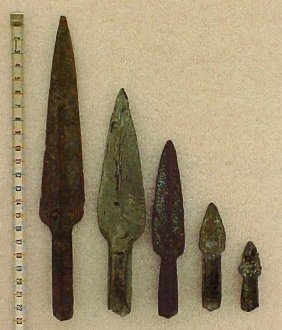Stone Age only refers to the tools, weapons, and crafts that only used stone as the main material. Stone age is a classification of non-metal tools of what were used, before the use of metal. Based on what I was able to find, Europeans entered the scene during the transition stage that would have eventually taken Native Americans into a "Bronze Age"
The slow pace of metal advancement is probably due to the location of the Americas (on the other side of the world). In Europe and Asia the many cultures were able to share trade and science, in this case dealing with metals. The Americas did not have that advantage so metallurgy developed with limited influence from other foreign cultures.
Native American (North America) metal use is referred to as
Old Copper Culture.
Quote from the link Old Copper Culture website. above.
"
The most conclusive evidence suggests that native copper was utilized to produce a wide variety of tools beginning in the Middle Archaic period circa 4,000 BC. The vast majority of this evidence comes from dense concentrations of Old Copper finds in eastern Wisconsin. These copper tools cover a broad range of artifact types: axes, adzes, various forms of projectile points, knives, perforators, fishhooks, and harpoons."
Native American Copper Axe Heads from that period
Knives. Notice how the knife handle have that similar shape found other cultures. Also take note of the curved blades in the picture
Tang Points. The interesting thing is that you can find this same pattern of Metallurgy development across many different cultures. Stone Age -> Copper Age-> Bronze Age-> Iron Age? The weapon design also takes a similar development path as other cultures. A lot of knowledge has been about their use of metals, as Europeans didn't exactly try to preserve native American knowledge, accomplishments, and history. It was quite the opposite, and as a result, much of what people know about Native American Culture, Pre-European, comes from old assumptions and incorrect information that has been passed down from generation to generation. Before today I knew nothing about Native American Metallurgy. The only thing I knew and understood is that ancient people weren't as primitive as past historians once stated them as.




